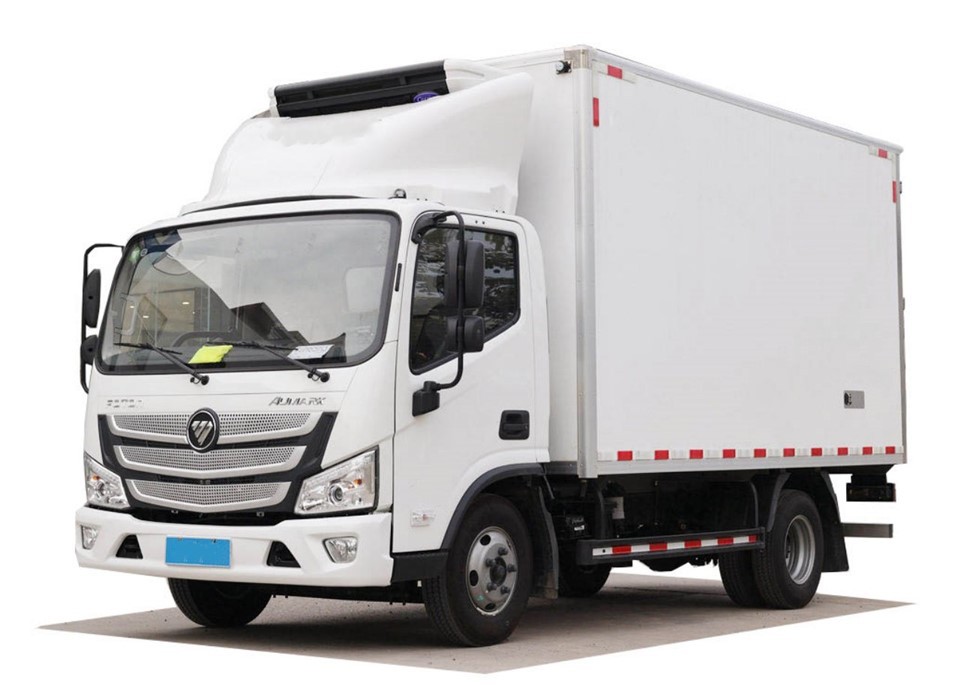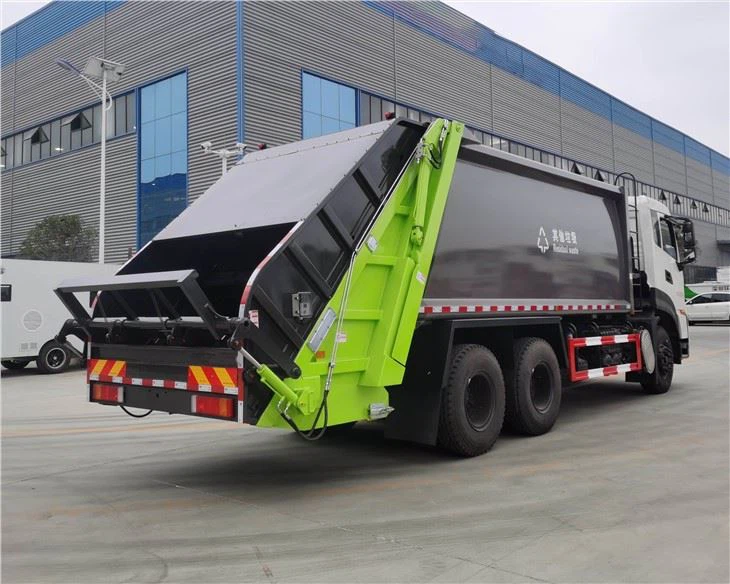How Many Gallons in a Gasoline Tanker Truck?

Understanding the capacity of gasoline tanker trucks is essential for various industries including transportation, logistics, and fuel management. In this article, we will dive deep into the specifics of gasoline tanker truck capacities, their types, and implications for fuel distribution. We will answer the common question: how many gallons does a gasoline tanker truck hold, and explore the factors affecting these capacities.
The Basics of Gasoline Tanker Trucks
What is a Gasoline Tanker Truck?
A gasoline tanker truck is a large vehicle designed to transport fuel, particularly gasoline, from refineries or distribution centers to retail gas stations or other end-users. These trucks are specially constructed with tanks that prevent leakage and are equipped with safety features to manage the hazardous nature of their cargo.
Types of Gasoline Tanker Trucks

There are several types of gasoline tanker trucks, each with varying capacities and configurations:
- Standard Tanker Trucks
- Multi-compartment Tankers
- Bobtail Tankers
- Semi-Trailer Tankers
Standard Tanker Trucks
These trucks are the most common type and typically have a capacity ranging from 6,000 to 11,000 gallons.
Multi-compartment Tankers
Used to transport different types of fuel or various grades of gasoline simultaneously, these can hold multiple compartments, with a combined total capacity often exceeding 10,000 gallons.
Bobtail Tankers
Bigger than the average delivery truck but smaller than a full-sized tanker, these trucks usually hold between 1,500 to 5,000 gallons.
Semi-Trailer Tankers
These trucks commonly hold 9,000 to 11,000 gallons and are designed for long-haul journeys, making them ideal for connecting refineries and consumers across various distances.
How Many Gallons in a Gasoline Tanker Truck?
Typical Gallon Capacities
Most gasoline tanker trucks hold anywhere between 5,000 to 11,000 gallons. However, the exact capacity can vary by truck type, size, and specific design features. Let’s break down the standard capacities:
| Type of Tanker Truck | Average Capacity (Gallons) |
|---|---|
| Standard Tanker | 6,000 – 11,000 |
| Multi-compartment Tanker | 10,000 – 20,000 |
| Bobtail Tanker | 1,500 – 5,000 |
| Semi-Trailer Tanker | 9,000 – 11,000 |
Factors Influencing Capacity
Several factors can affect the actual capacity of gasoline tanker trucks:
- Regulatory Requirements
- Design Features
- Type of Fuel
- Truck Configuration
Regulatory Requirements for Gasoline Tanker Trucks
Transportation Regulations
In many jurisdictions, gasoline tanker trucks must adhere to strict regulatory requirements regarding their design and capacity. These regulations often dictate the maximum amount of fuel that can be carried in order to ensure safety on the roads.
Environmental Considerations
Environmental policies also play a role in determining tanker capacities. Regulations encouraging the reduction of emissions and spills may require certain designs, ultimately affecting how much fuel can be safely transported.
Practical Examples of Gasoline Tanker Truck Uses
Fuel Distribution
Gasoline tanker trucks play a crucial role in supply chain logistics. For example, a fuel company might send a standard tanker truck with an 8,000-gallon capacity to distribute gasoline to various gas stations in a metropolitan area.
Emergency Response
In disaster situations, gasoline tanker trucks are essential for delivering fuel to emergency response teams. A quick deployment of a semi-trailer tanker with an 11,000-gallon capacity can provide enough fuel for various operations during natural calamities.
Bulk Fuel Deliveries to Industrial Clients
Businesses often require large quantities of fuel for operations. A multi-compartment tanker with a capacity of 15,000 gallons can deliver multiple fuel grades to a factory with different requirements.

Maintenance and Safety Considerations
Regular Maintenance of Tanker Trucks
Maintaining gasoline tanker trucks is critical to ensure safety and efficiency. Regular inspections, proper cleaning, and timely repairs are essential. Operators should adhere to these best practices:
- Routine inspections for leaks or corrosion.
- Regular pressure testing for tank integrity.
- Routine cleaning to prevent contamination.
Safety Procedures
Due to the hazardous nature of gasoline, specialized safety measures must be followed:
- Training drivers on hazardous material handling.
- Equipping trucks with fire suppression systems.
- Adhering to emergency response protocols.
The Future of Gasoline Tanker Trucks
Emerging Trends in Transportation
As the automotive industry moves toward more sustainable practices, the gasoline tanker truck’s role may evolve. Innovations in tank design, materials, and fuel types are in development. We may see advancements in electric and alternative fuel systems impacting gasoline tanker trucks.
Impact of Technology
Incorporating technology such as GPS tracking and automated fueling systems can contribute to efficiency. Fleet management software helps monitor fuel usage and enhance route planning.
Comparative Analysis: Gasoline vs. Diesel Tanker Trucks
Capacity Differences
Diesel tanker trucks generally have slightly higher capacities on average compared to gasoline tanker trucks because diesel fuel has a lower risk of explosion and spillage, allowing for more flexible design considerations.
| Type of Tanker Truck | Average Capacity (Gallons) | Fuel Type |
|---|---|---|
| Gasoline Tanker | 6,000 – 11,000 | Gasoline |
| Diesel Tanker | 7,000 – 12,000 | Diesel |
Cost Implications
Due to different safety measures and material requirements, the cost of gasoline tanker trucks may be higher. Diesel tankers also have higher insurance premiums because of their ability to carry larger loads.
FAQ Section
How many gallons does a typical gasoline tanker truck hold?
A typical gasoline tanker truck holds between 5,000 to 11,000 gallons, depending on the truck type and design.
What factors affect the capacity of gasoline tanker trucks?
The capacity can be influenced by regulatory requirements, design features, the type of fuel being transported, and the truck’s configuration.
Are there regulations governing gasoline tanker trucks?
Yes, there are strict regulations regarding the design, capacity, and operational procedures to ensure safety in the transportation of hazardous materials.
What safety measures are necessary for gasoline tanker trucks?
Safety measures include routine maintenance, proper training for drivers, emergency response protocols, and the installation of fire suppression systems.
Can gasoline tanker trucks be used for other types of fuel?

Yes, some tanker trucks are designed to have multiple compartments, allowing them to carry different grades of fuels, such as gasoline and diesel, simultaneously.
What is the difference between gasoline and diesel tanker trucks in terms of capacity?
Diesel tanker trucks generally have slightly higher capacities than gasoline tanker trucks due to differences in the safety requirements and materials used in their design.
